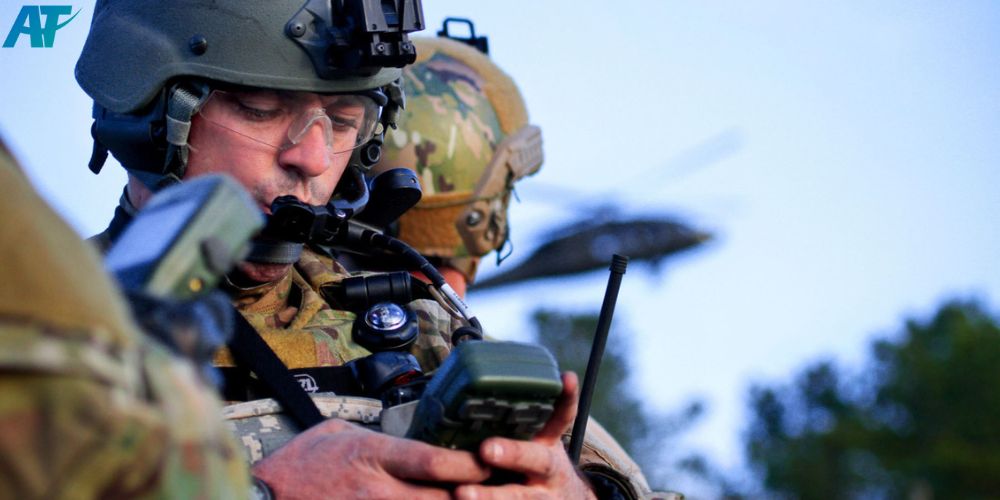In today’s complex and high-stakes military environment, ensuring the safety of troops and the efficiency of operations is more important than ever. Modern warfare requires precision, speed, and effective coordination between units. One of the technologies that has proven to be a game-changer in this context is GPS tracking for the military. By leveraging satellite-based navigation, GPS monitoring offers real-time data that helps military forces track personnel, equipment, and vehicles with unmatched accuracy. This article, AT Technology and Consultancy Joint Stock Company (ATTECHSOFT) will delve into the significance of this technology for military applications.
The benefits of GPS tracking software
GPS tracking technology offers unparalleled benefits that make it indispensable in modern military strategies. One key advantage is real-time location monitoring, which enables military units to track troop movements, vehicles, and equipment with precision. This capability facilitates better decision-making and rapid responses to changing situations. Additionally, GPS tracking enhances safety and coordination by providing accurate location data that helps commanders avoid dangerous zones and synchronize multi-unit operations. The technology also improves operational efficiency by reducing the time spent searching for resources and personnel, allowing teams to focus on mission objectives. Moreover, modern GPS systems are designed to function reliably under extreme conditions, ensuring uninterrupted support during critical missions.

Applications of GPS vehicle tracking for the military
GPS tracking technology plays a pivotal role in numerous military applications. For instance, it is essential in troop navigation, enabling soldiers to move accurately through unfamiliar or hostile environments, which significantly reduces the risk of disorientation. In asset management, the military uses GPS tracking to monitor and manage vehicles, weapons, and supply chains, ensuring effective deployment and utilization. For surveillance and reconnaissance, drones and other tools equipped with GPS provide real-time data on enemy movements, aiding commanders in strategic planning. Additionally, GPS tracking is a cornerstone in search and rescue operations, helping locate lost personnel or downed aircraft quickly and efficiently, thereby reducing casualties and improving rescue outcomes.

Selecting the best GPS tracking technology
Selecting the appropriate GPS tracking system is crucial for maximizing its benefits in military operations. Military-grade GPS systems should prioritize durability and reliability to withstand extreme conditions, such as harsh weather and physical impacts. Security is another critical factor; systems with advanced encryption protocols ensure that sensitive data remains protected from adversaries. Real-time data transmission is essential to maintain situational awareness and enable quick decision-making. Furthermore, the chosen system should integrate seamlessly with existing military technologies and equipment, creating a cohesive and efficient operational ecosystem.

Discover more valuable content here: What is GPS vehicle tracking software?
Conclusion
GPS vehicle tracking has revolutionized how military operations are conducted, improving safety, coordination, and overall mission success. From providing real-time location updates to enhancing operational efficiency, this system ensures that military personnel and equipment are well-monitored. As military strategies continue to evolve and new technologies emerge, real-time tracking technology will remain a cornerstone of modern military operations.
Contact us to arrange a demonstration:
Email: sales@attechsoft.com
Website: https://attechsoft.com/
